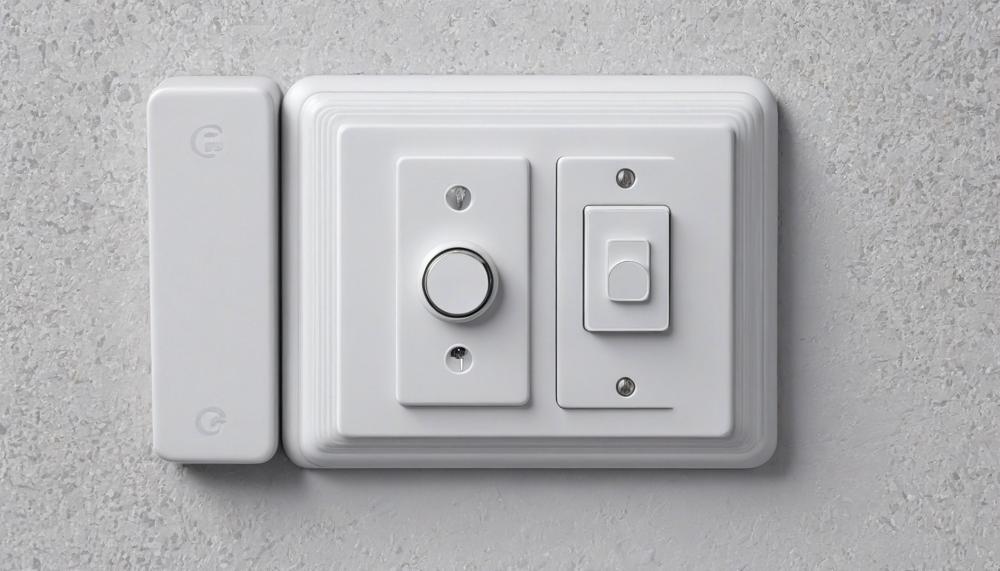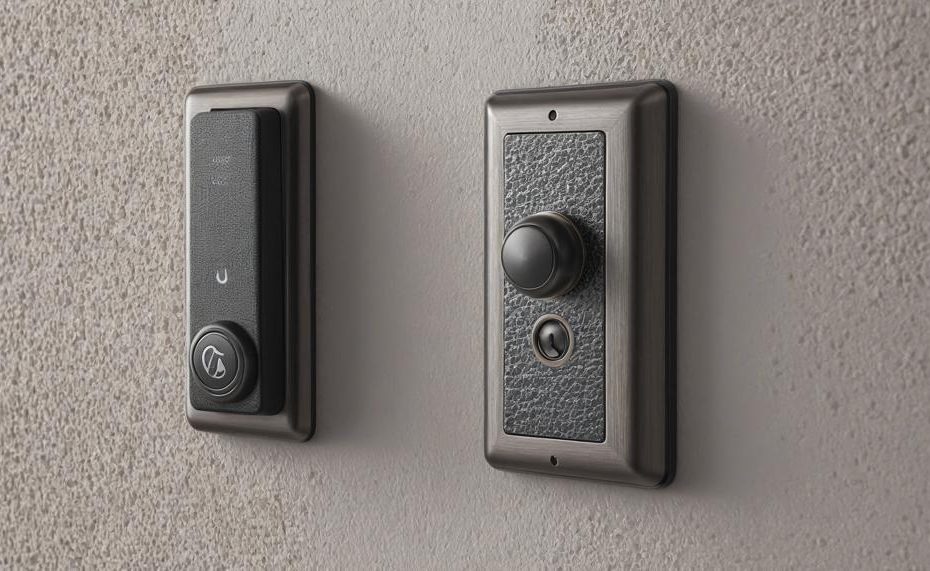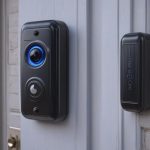Ever wondered how to safely turn off the power to your doorbell? Whether you’re upgrading your doorbell system or troubleshooting an issue, turning off the power is a critical first step.
Let’s dive right in and break down this process in a way that’s straightforward and easy to understand.
Turning off the power to your doorbell might seem simple, but it’s essential to get it right to avoid any electrical mishaps. Here’s a quick rundown of the steps involved:
- Locate the Circuit Breaker: Your doorbell is usually connected to a low-voltage transformer, which in turn is connected to your home’s electrical system via a circuit breaker. Find the breaker box in your home, typically located in the basement, garage, or a utility room.
- Identify the Right Circuit: Look for the circuit that controls your doorbell. This might be labeled as “doorbell,” “front door,” or something similar. If you’re unsure, it’s best to turn off the main power switch to ensure safety.
- Turn Off the Circuit: Once identified, switch off the circuit breaker. This action will cut off the power supply to your doorbell system.
- Double-Check Power: Before you start working on the doorbell, use a voltage tester to ensure there’s no electrical current flowing. This step is crucial for your safety.
Key Takeaways:
- Always turn off the power at the circuit breaker before working on your doorbell.
- If you can’t find the specific circuit, it’s safer to turn off the power to the whole house.
- Double-check for any electrical current with a voltage tester to ensure the power is truly off.
By following these steps, you can safely work on your doorbell without the risk of electric shock. Stay safe and take the necessary precautions every time you handle electrical components.
Contents
How to preserve your video doorbell battery
Adjust Motion Settings
Reduce the motion sensitivity and the area that triggers alerts to prevent unnecessary activations.
| Feature | Description | Battery Saving Tips |
| Motion Sensitivity | Detects movement and triggers recordings | Lower the sensitivity to prevent frequent activations |
| Motion Zones | Specific areas monitored for movement | Customize zones to reduce the monitored area |

Limit Video Recording Length
Shorten the length of video recordings to save power.
| Feature | Description | Battery Saving Tips |
| Video Recording Length | Duration of each recording | Set shorter recording times |
Disable Power-Hungry Features
Turn off features like Snapshot, HDR, and Pre-Roll.
| Feature | Description | Battery Saving Tips |
| Snapshot | Takes periodic photos | Disable to save battery |
| HDR | High Dynamic Range for better video quality | Turn off for lower power consumption |
| Pre-Roll | Records a few seconds before motion is detected | Disable to reduce battery use |
Install a Solar Panel
Consider adding a solar panel for continuous charging, especially in sunny areas.
| Feature | Description | Battery Saving Tips |
| Solar Panel | Uses sunlight to recharge the battery | Install in direct sunlight for optimal performance |
Regularly Check Battery Levels
Monitor the battery status through the app and charge it before it gets too low.
| Feature | Description | Battery Saving Tips |
| Battery Level Monitoring | View battery status in the app | Charge before it gets critically low |
Keep Your Device Warm
Ensure the video doorbell stays warm in cold weather to maintain battery efficiency.
| Feature | Description | Battery Saving Tips |
| Temperature Management | Keep device within operating temperatures | Install in a sheltered location |
To preserve your video doorbell battery, stop doing this
The biggest mistake people make when trying to preserve their video doorbell battery is constantly checking the live stream. This habit drains the battery rapidly, as live streaming requires significant power usage.
To avoid this mistake, follow these steps:
| Action | Description | Benefits |
| Limit Live Streaming | Check the live feed only when necessary, relying more on motion alerts and recorded clips. | Reduces battery drain significantly. |
| Adjust Motion Sensitivity | Set the sensitivity to detect only relevant movements to minimize unnecessary recordings. | Less frequent activations, conserving battery. |
| Use Low-Power Mode | Activate low-power mode to reduce power consumption by limiting non-essential features. | Extends battery life by reducing energy use. |
By adopting these practices, you can dramatically extend the battery life of your video doorbell, ensuring it remains functional when you need it most.
Conclusion
Turning off the power to your doorbell is an essential first step when upgrading or troubleshooting your system. This process, while seemingly straightforward, is vital for safety and preventing electrical mishaps. Here’s a quick guide to ensure you do it correctly:
- Locate the Circuit Breaker: Your doorbell’s power source is connected to your home’s electrical system via a low-voltage transformer. Start by finding the breaker box, usually in the basement, garage, or utility room.
- Identify the Right Circuit: Look for the circuit controlling your doorbell, often labeled “doorbell” or “front door.” If you’re unsure, switch off the main power to ensure maximum safety.
- Turn Off the Circuit: Once you’ve identified the correct breaker, flip the switch to cut off the power to your doorbell.
- Double-Check Power: Before working on the doorbell, use a voltage tester to confirm that no electrical current is flowing. This step is crucial for avoiding electric shocks.
Key Safety Tips:
- Always turn off the power at the circuit breaker before starting any work.
- If you can’t identify the specific circuit, turn off the entire house’s power.
- Verify the absence of electrical current with a voltage tester.
By following these steps and safety tips, you can work on your doorbell confidently and safely.





